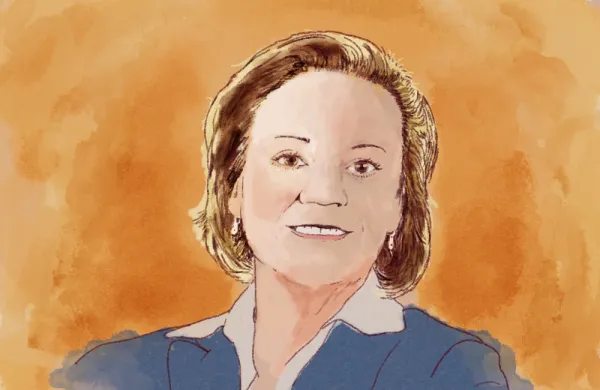More than a third of family offices plan to put money to work in the next year to take advantage of market dislocations — but few are planning to invest in cryptocurrencies.
According to a Goldman Sachs report expected to be released on Monday, family offices always have bigger allocations to cash than most other investors, but those balances are expected to shrink in the coming months.
Interest from family offices in crypto has shifted noticeably.
In 2021, 16 percent of family offices were invested in Bitcoin and other cryptocurrencies, while the 45 percent that didn’t own them were interested in them as potential future investments. This year, more family offices were invested in crypto (26 percent), but only 12 percent of those who didn’t own them were interested. The number of families with no interest in crypto jumped from 39 percent to 62 percent.
The wealthiest families want a lot of liquidity, for a variety of reasons. At the start of 2023, they had an average of 12 percent of their wealth in cash and equivalents (excluding Treasury bills and other fixed income) to cover capital calls for other investments, to support their lifestyles without having to worry about selling assets at depressed prices, and to take advantage of new investment opportunities, according to Goldman.
Family offices anticipate spending some of their cash, which now can earn 4 to 5 percent with no risk. Only 13 percent of family offices plan to increase their cash allocation this year, while 52 percent plan to keep it the same, according to the survey. The report was the second biennial family office investments survey that Goldman Sachs has released. It’s a distinct look into the portfolios of 166 famiily offices around the world — mostly those of multibillionaire families. All the family offices included in the survey are institutional in nature, with professional staff.
“The cash picture is pretty interesting right now. We’ve seen families wanting to stay in cash [and] be really thoughtful about what they’re doing with their cash. Because in an environment like we’re in right now, with a little bit more uncertainty and a little bit more volatility, family offices like to be in the position to act upon dislocations,” said Sara Naison-Tarajano, the global head of Apex, a Goldman Sachs group dedicated to family office clients. She is also the head of private wealth management capital markets at the bank.
“I think that’s also a motivation for the higher cash. And I wouldn’t be surprised if those balances decreased over the next six to 18 months,” Naison-Tarajano said.
Nearly half (48 percent) of family offices said they plan to increase their target allocation to stocks, while 41 percent plan to increase their allocation to private equity. Thirty-nine percent expect to increase their investments in fixed income.
Within their 26 percent allocation to private equity, family offices said they were dedicating 11 percent to buyouts and 8 percent to growth. They also allocated 7 percent to venture capital, where observers say some families have suffered losses from investing directly in companies and have slowed or halted the practice.
Only 64 percent of family offices are invested in private credit, with the average allocation at just 3 percent as of the start of the year, according to the report. But thirty percent of family offices are planning to expand their allocation to private credit, which supports reports early this year about their interest. (Approximately 40 percent of institutional investors are planning to increase their slate of managers over the next three years.)
“We’re moving into this world of being able to earn double-digit returns in private credit, which makes the after-tax returns much more compelling [against] more muted expectations in equities. We’re finding that clients are spending more time really digging into private credit,” Naison-Tarajano said.
Family offices allocated an average of 4 percent of their wealth to a category of miscellaneous investments, including collectibles. It may be just a small part of their portfolios, but even a sliver of those portfolios translates into significant dollars. Out of the 166 family offices surveyed, only 27 were worth less than $1 billion; 41 had $1 billion to $5 billion; 18 had $5 billion to $10 billion; and 13 were worth more than $10 billion.
Perhaps not surprisingly, the most popular collectibles were art and wine, but Goldman Sachs is “increasingly engaging with family offices on their interest in acquiring stakes in sports teams and related assets, particularly those with hometown ties.”







